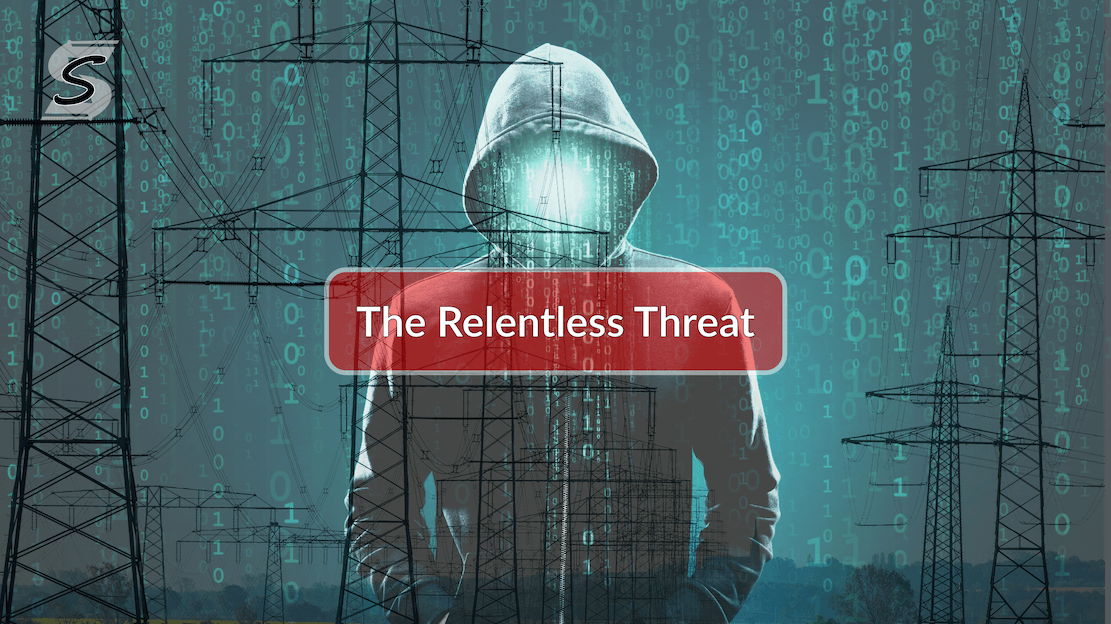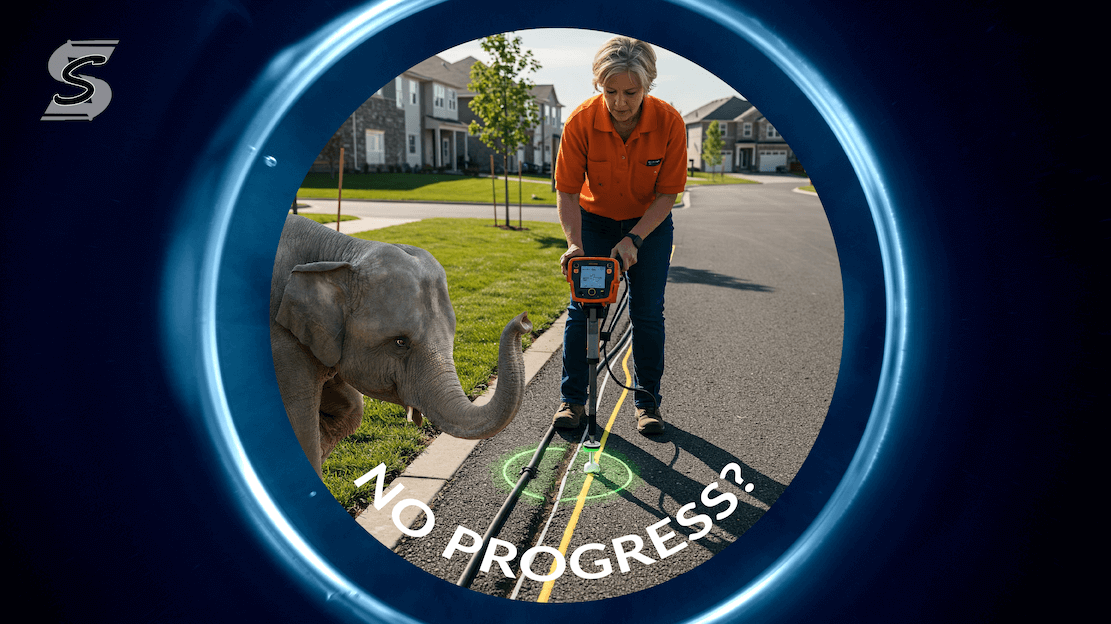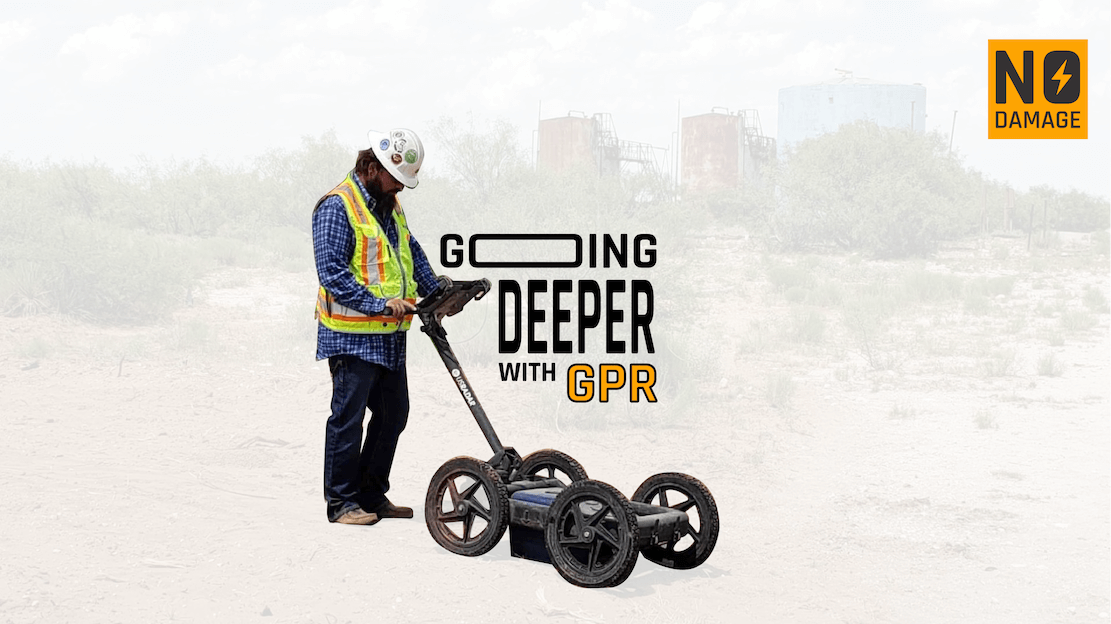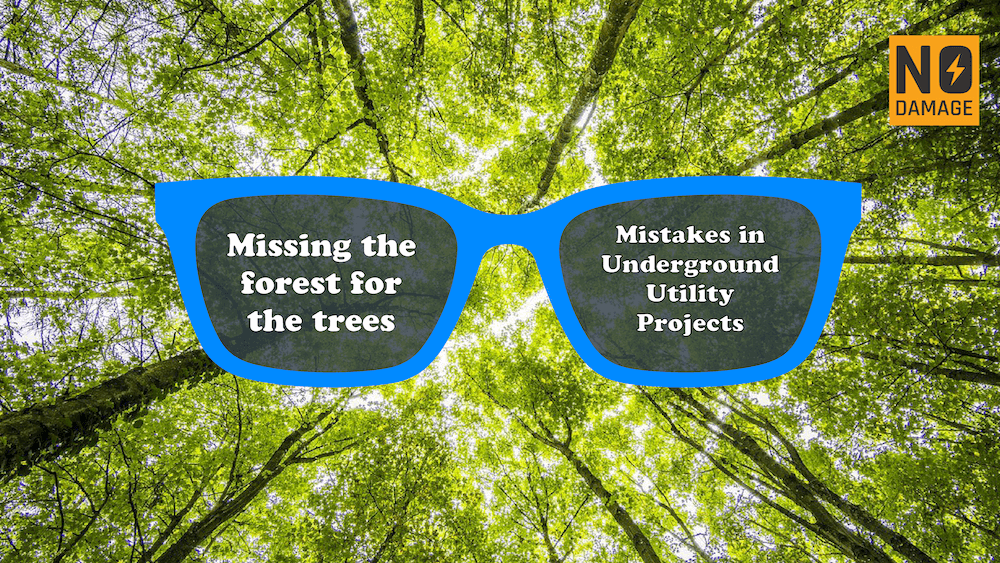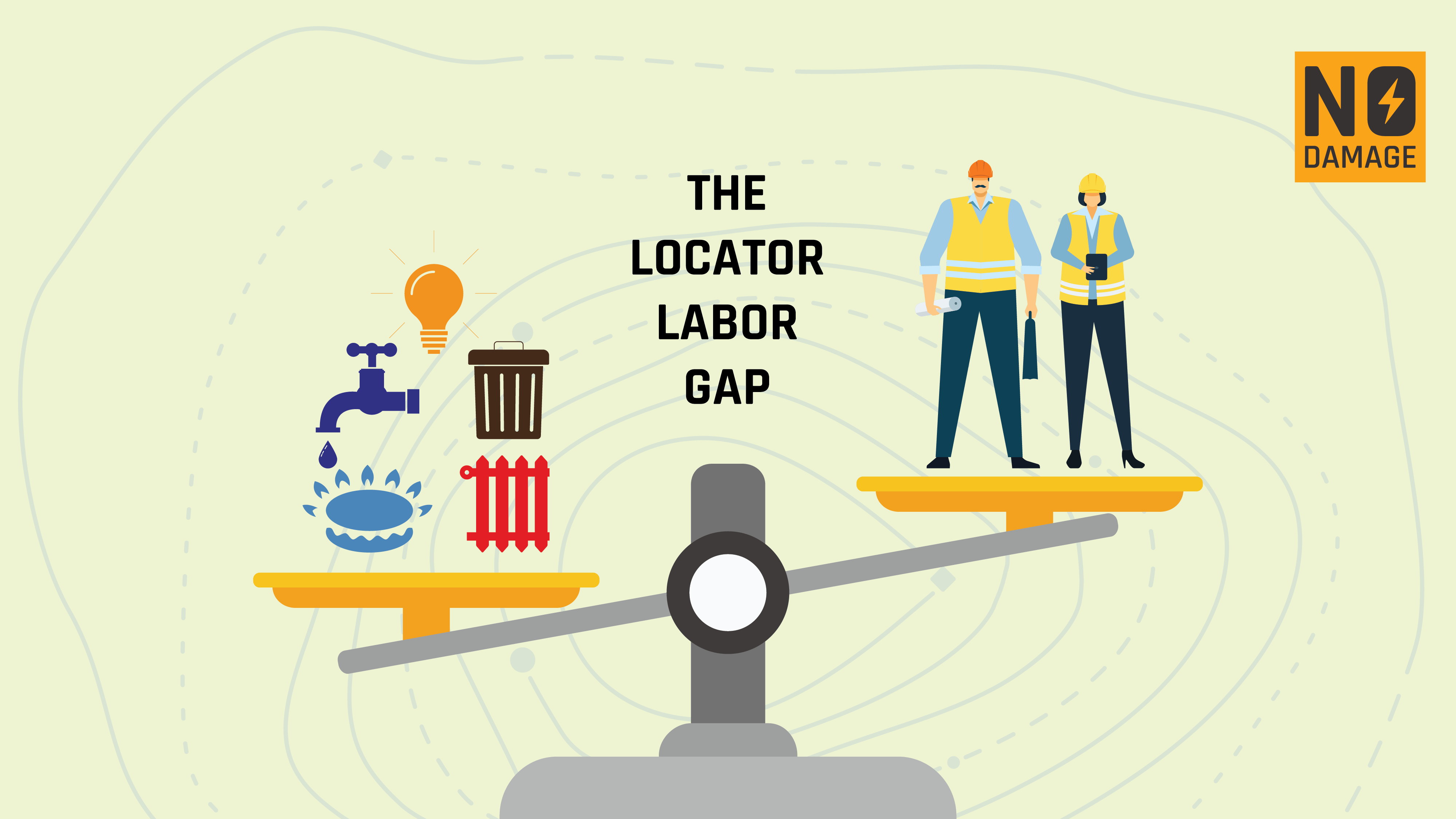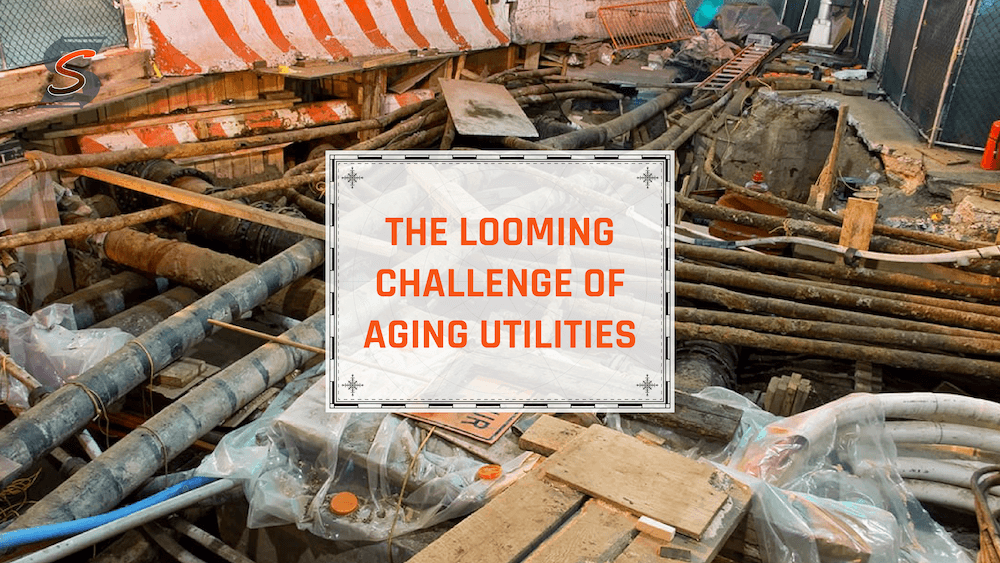
Aging infrastructure is no longer just a looming problem - it’s a crisis we face daily, especially with the utility systems beneath our feet. From corroding pipelines to crumbling water mains, the challenges of keeping these systems functional and safe are immense. But even as the U.S. infrastructure bill brings in much-needed cash for improvements, we're missing a critical piece of the puzzle: future-proofing. It's not enough to patch up the old; we need to ensure that what's going underground now won't cause future headaches. And here's the kicker: we're adding more to the problem every day, without fully knowing where everything is.
The Challenge: Old Infrastructure Meets New Problems
In the U.S., the scope of aging infrastructure is staggering. Water systems installed over a century ago are well past their sell-by date, and natural gas pipelines - many laid in the mid-1900s - are often constructed with outdated, brittle materials like cast iron. These older materials are more likely to fail, and when they do, the consequences are costly and dangerous. In 2019 alone, over 300,000 water main breaks occurred, costing billions in damages.
These failures aren’t limited to what’s already in the ground. New infrastructure, layered on top of old, creates a dense web of pipes and cables that complicates excavation and utility work. Locators struggle to work with outdated or incomplete maps, and with some lines undocumented, it’s like sending them on a treasure hunt where mistakes can be fatal -literally.
Unique Issues with Locating Utilities - Old and New
Locating aging utilities brings a specific set of challenges that go beyond the wear and tear of time. It’s not just about finding what’s underground; it’s about finding what was placed there decades ago, often without modern documentation or technology.
- Incomplete or Missing Maps: Many old lines were installed before GPS and modern mapping tools were available. Locators often have to rely on outdated paper maps or, in some cases, institutional memory, which is prone to error.
- Deteriorated Materials: Older materials like cast iron or lead degrade over time, making them difficult for modern locating tools to detect. Add corrosion or cracks, and even advanced equipment can struggle to get a clear signal.
- Overlapping Utility Systems: In urban areas, newer utility lines are often installed directly above or alongside older ones. This creates a tangle of pipes, and the signals from modern lines can interfere with those of older, decaying systems.
The result? A high-risk environment for utility damage that can lead to service outages, property destruction, and life-threatening hazards.
The Risk of Utility Failures: A Constant Threat
When an aging utility line fails, the repercussions can be catastrophic. A burst water main can flood streets, disrupt traffic, and damage property. Even worse, a gas pipeline rupture can lead to fires or explosions. Beyond the immediate risks, the financial toll is enormous. The combined cost of water and gas line failures amounts to billions each year—and that doesn’t account for the long-term damage to infrastructure or the knock-on effects for businesses and communities.
The Missed Opportunity: Future-Proofing Through Technology
Despite the influx of infrastructure funding, a glaring oversight in the recent legislation is the lack of mandatory requirements for future-proofing. We have the technology to make our underground systems more resilient and easier to manage—but we're not using it to its full potential.
- Tracer Lines: These simple, cost-effective lines are laid alongside pipelines, allowing locators to easily trace the utility’s location. Yet, they were not made a priority in many new infrastructure projects. Skipping this step now could create problems for future excavation work when today's new pipes turn into tomorrow's old ones.
- Fiber Optic Sensing: This advanced technology allows utilities to monitor pipelines for changes in pressure, temperature, and even vibrations. Fiber optic sensors can detect potential failures early, triggering repairs before a small problem becomes a big disaster. However, the infrastructure bill didn’t push for these sensors to become standard practice.
The Real Danger: Poor Mapping and Legacy Infrastructure
Here’s where the story really goes off the rails. Mapping gaps are one of the biggest threats to the utility sector. As we replace aging systems, we’re missing the chance to properly document both new and old utilities. Worse, many legacy systems—some of which are still active - were never mapped accurately in the first place. This leaves locators flying blind when trying to navigate increasingly complex underground networks.
Every new pipeline or cable added without comprehensive mapping increases the risk of future accidents. Utility owners and contractors must prioritize creating centralized, accessible maps to prevent this from happening, ensuring all systems, whether new or ancient, are properly documented. It’s not just about what’s going in the ground now—it’s about knowing what’s already there.
Out of Sight, But Not Out of Mind
One overlooked practice in utility work is leaving old, decommissioned pipes in the ground. Yes, it's cheaper to abandon old pipes when new ones are laid, but it's also a ticking time bomb. These outdated lines can interfere with future construction and utility locating efforts, making it harder to distinguish between active and inactive systems. Over time, these relics can deteriorate further, potentially leaking hazardous materials into the soil or water. Future projects will need to navigate this buried mess, increasing the chances of damage, contamination, and misidentification.
Conclusion: A Missed Opportunity and the Road Ahead
Aging infrastructure presents a significant challenge, but we’re only making things worse by adding more layers of poorly documented systems. The 2021 infrastructure bill provided a necessary boost, but without requirements for future-proofing, we’re setting ourselves up for long-term problems. We need to shift from reactive repairs to proactive, predictive maintenance, and that starts with better mapping, smarter technology, and a commitment to leaving no utility undocumented.
It’s time to dig deep—literally—and make sure that both the old and the new are mapped, monitored, and maintained. If we don’t, we risk leaving behind a tangled, dangerous underground legacy for the next generation to deal with.
Share this Post


